Atmospheric dispersion is the splitting of the image of a space object into a spectrum when light passes through the Earth’s atmosphere. In this case, the atmosphere of the Earth works like a huge prism. The closer the object is to the horizon, the stronger the atmospheric dispersion becomes. Below the object is surrounded by a red border, and on top – blue.
When shooting with a color camera, atmospheric dispersion appears as a shift in the color channels. Below is a video of Saturn, shot through a 300 mm telescope. It is noticeable that on the one side the planet has a red border, and on the other – a blue border. This is the atmospheric dispersion. The height of the planet above the horizon was 32 degrees:
Dispersion on snapshots can be compensated by software (for example, the RGB Align function in Autostakkert or Registax). However, for objects with a small altitude, the hardware compensation method using a special device — an atmospheric dispersion corrector — will be much more efficient. In the coming years, Saturn, Mars and Jupiter will be lower and lower over the horizon, so the corrector will be very useful – both for astrophotography and for visual observations.
Inside the corrector are two prisms that can rotate relative to each other. The function of the corrector is to compensate for the atmospheric dispersion by putting all the splitted rays together. It so happens that the prices for dispersion proofreaders are very high and this is a very rare accessory among astronomy fans. So, Pierro Astro ADC costs about 400 euros. The situation changed dramatically when the notorious company ZWO announced a cheap dispersion corrector for about $ 100. And since I love to shoot the planets, then, of course, I wanted to get this device. I contacted the manufacturer, made a pre-order and in a month received the parcel. After the new year, the cost of the corrector rose slightly ($ 128), but against the background of analogs, the price still remains extremely low.
Packaging – cardboard box, plus it was enclosed in another box. All arrived safely and safely.
All parts are metal, from plastic only one bolt for fixing the scale. Two long silver handles rotate the prism around the axis.
Silver knobs are designed to rotate prisms around the axis. When the handles are near – there is no correction, when they are opposite – maximum. When you rotate the knobs, the image shifts slightly.
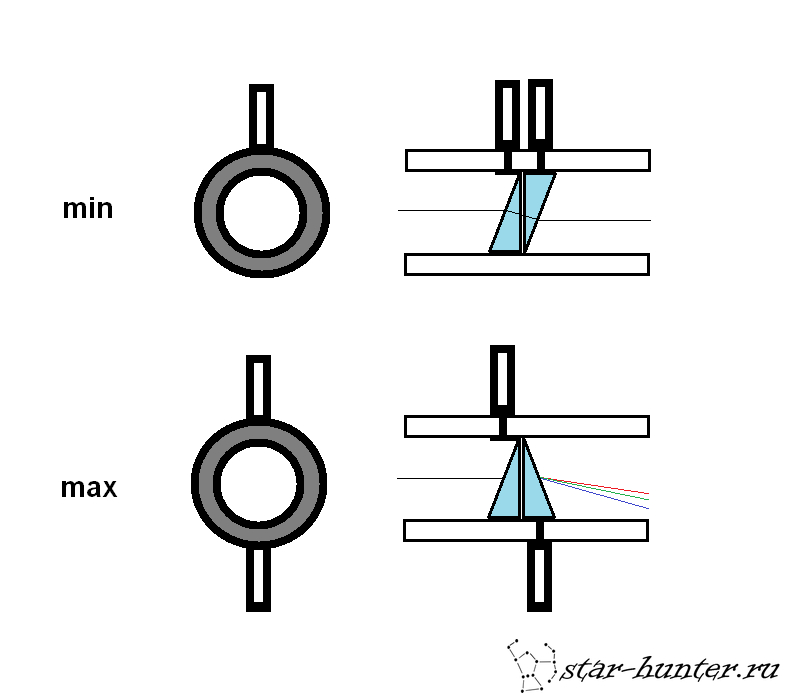


All optical surfaces are coated. On one of the prisms, I noticed a small spot – perhaps a defect of coating, but I do not think that this will somehow affect the image. The prisms themselves transmit ultraviolet radiation, so the corrector can be used for ultraviolet photography of Venus.
At the exit both 1.25 “, and standard T-mount.
You can adjust the stiffness of the silver knobs:
There is a thread on the inside of the skirt – you can screw the filter or Barlow lens unit.
The diameter of the light part of the corrector – 24.5 mm.
On January 22, 2016, the weather was fine and I decided to test the corrector. Telescope – Celestron NexStar 8 SE, camera ZWO 224 MC. By the method of sampling, I discovered this method of using the corrector:
1) we orientate the camera “directly” – that is, from below, up – from above, we don’t pay attention to the inclination of the planet.
2)both handles of the corrector must be either on the left or on the right. After that, move one of the knobs up or down and look at the result – if the dispersion increases, then rotate in the other direction until full compensation. At a certain point, the color halo disappears completely – it means that the correction has been achieved.
For objects with different altitude, different degrees of correction are required. Even in Jupiter, which this year rises quite high in the Kuban (as of February 1, 2016, the maximum height of 49 degrees), the atmospheric dispersion is still noticeable and the use of a corrector makes sense.
Below is a video shot through a Celestron NexStar 8 SE telescope with a ZWO 224 MS camera and a 2x Barlow Sky-Watcher lens (without a case, the lens unit is screwed into a ZWO ADC corrector). During shooting, I twisted the knobs of the device, making the maximum correction, and also fully compensating for the atmospheric dispersion. As I have already said, the image shifts a little, so it becomes necessary to move the planet back to the center of the frame.
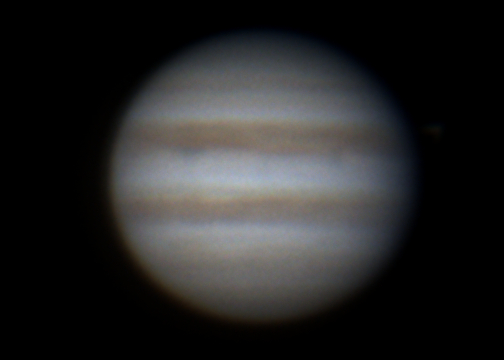
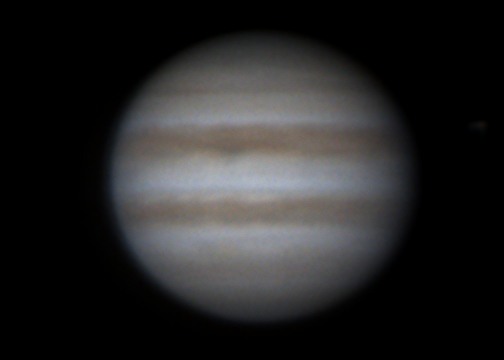
As you can see, the ZWO ADC does an excellent job with its function, shifting the color channels. Alas, the state of the atmosphere, and the fairly high height of Jupiter above the horizon did not allow to see the benefits of shooting with a proofreader, but I am sure that the effect will be noticeable on objects that are not high above the horizon, especially in the blue channel.
Verdict: ZWO was able to develop an inexpensive and high-quality atmospheric dispersion corrector for astronomy lovers. The device will be useful for all fans of the planets – and for astrophotographers, and for observers. I recommend!
ZWO ADC corrector can be bought on Aliexpress
Update on 04/21/16.
On April 5, I conducted a small test of the Saturn corrector, with which you can read more about the link:
Some results:


Software RGB align
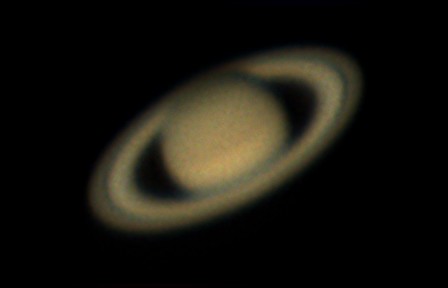

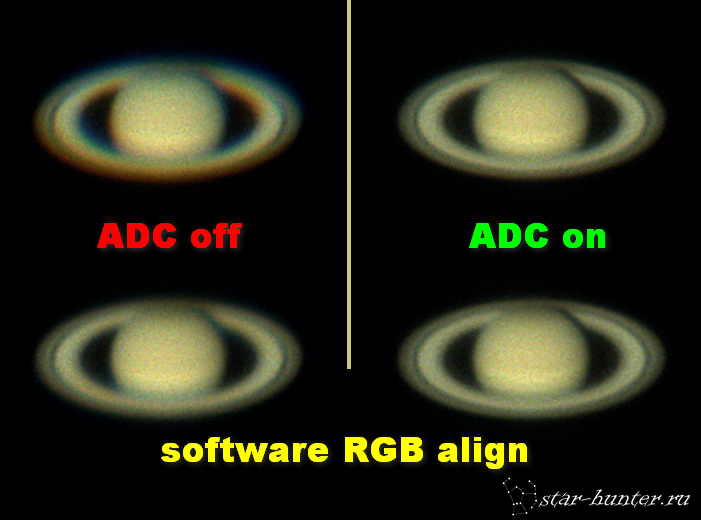
Update from 01/23/2019
Well, and perhaps the most obvious example of the work atmospheric dispersion corrector::
Jupiter, April 26, 2019, altitude 18 degrees.
Реклама: ООО “АЛИБАБА.КOМ (РУ)” ИНН 7703380158












